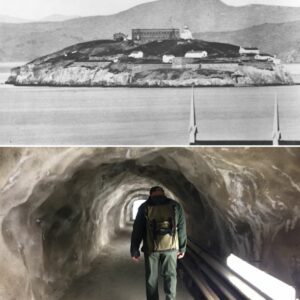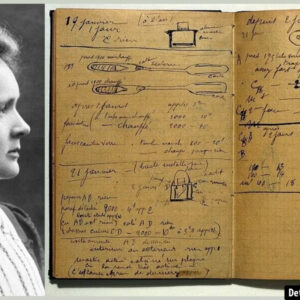In the final days of World War II, as the Nazi regime crumbled, one young soldier’s emotional vulnerability captured the essence of the war’s devastating toll. Hans-Georg Henke, a 16-year-old German soldier, became an unlikely symbol of despair when he was photographed crying after being captured by American forces in 1945. His story, intertwined with wartime hardships, loss, and the quest for identity in post-war Germany, reveals the profound impact of conflict on both individuals and nations. Through his poignant image, we witness the haunting reality of war, not just for soldiers, but for all caught in its wake.
The Background of Hans-Georg Henke
Hans-Georg Henke was born into a world already marked by hardship. His father, a former Communist sympathizer, died in 1938, leaving his mother to raise him alone. After her death in 1944, Hans-Georg found himself in a position where, at just 15 years old, he had to shoulder the responsibility of supporting his family. With the country’s wartime demands escalating and his options limited, he joined the Luftwaffe, Germany’s air force, in a desperate attempt to find work and survival.
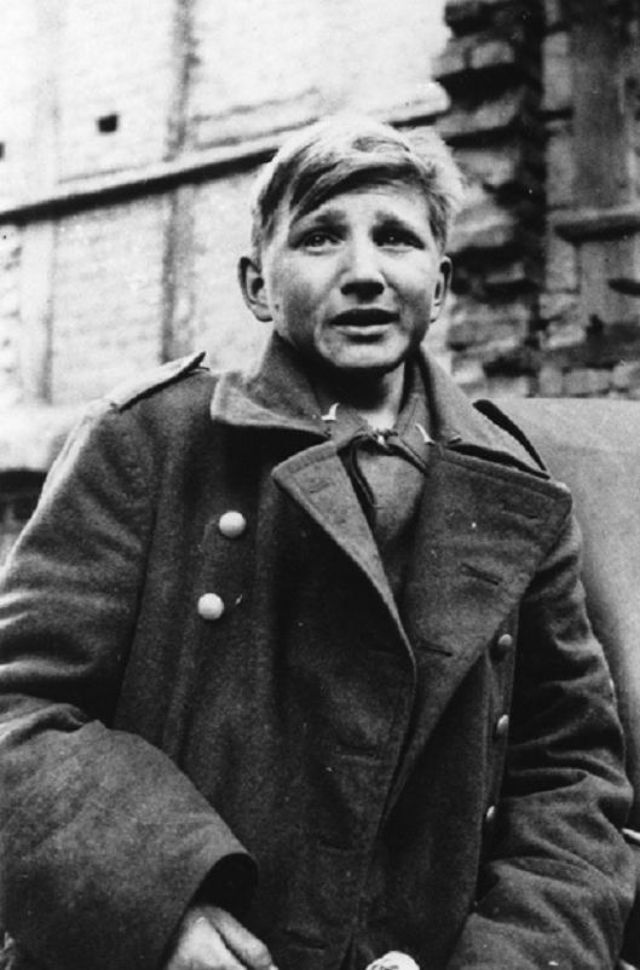
Henke’s enlistment was not a matter of choice but rather one shaped by the extreme circumstances of his life. At the tender age of 15, he was thrust into a conflict that he had no control over. His story is not unique; many young men, forced by necessity or political pressure, became soldiers during the final years of the war. But Henke’s tale stands out because of the emotional depth captured in the photographs of his capture, a snapshot of the despair that gripped the German youth as the war drew to its catastrophic close.
Video
Watch The Shocking Truth Behind WWII’s Most Heartbreaking Photo and uncover the emotional story behind one of the war’s most iconic images.
The Capture and Its Emotional Impact
On April 3, 1945, Henke, then a member of a German anti-aircraft unit, was captured by the US 9th Army during their advance into Germany. The photos taken of him that day reveal the raw emotional response of a young soldier overwhelmed by the realities of war. Henke, stripped of his youthful bravado, is seen crying as he is taken prisoner, his face a portrait of shock, fear, and the crushing weight of surrender. These images would become a symbol of the human cost of war, capturing the vulnerability of those who were often viewed as the enemy.
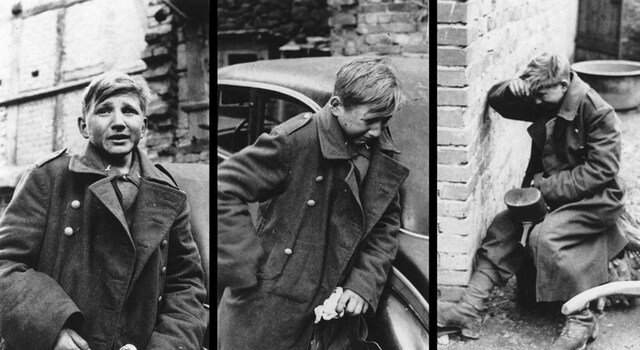
What makes these photographs so compelling is not only the emotional vulnerability of Henke but also the narrative they convey about the broader experiences of soldiers during World War II. Henke’s tears, whether from the trauma of combat shock or the realization of defeat, humanize a story that is often told through statistics and military strategies. The personal stories of those caught in the conflict are often lost in the historical record, but these images bring them to the forefront, reminding us of the human beings behind the headlines.

Conflicting Narratives: A Different Story of Capture
While the images speak volumes, the narrative surrounding Henke’s capture is more complicated. The version told by Henke himself differs from the account of American photojournalist John Florea, who was on the ground when the photos were taken. Henke later claimed that he was captured by the Soviets and not the Americans. According to Henke’s recounting, he was caught in the midst of a chaotic retreat as the Soviet forces advanced. However, Florea’s version of events is different. He maintains that Henke was part of a German unit that was overrun by US forces in Hessen, a region of Germany.
This discrepancy in the stories is significant because it speaks to the post-war identities that soldiers and citizens alike sought to construct. After the war, Henke chose to align himself with East Germany and the Communist Party. As a result, he may have altered his narrative to align with the political ideologies of his new home. The story of his capture by the Soviets, a more acceptable narrative within the context of Communist propaganda, was more palatable than admitting to being taken by the Americans, especially when East Germany regarded those who surrendered to the Western Allies with suspicion.
The conflicting narratives are a reminder of how individuals and nations shape their histories to serve their own purposes. While the photograph remains a powerful testament to Henke’s emotional state at the time, the shifting stories around it reflect the complexity of memory, identity, and political context in the aftermath of war.
The Aftermath and Post-War Life
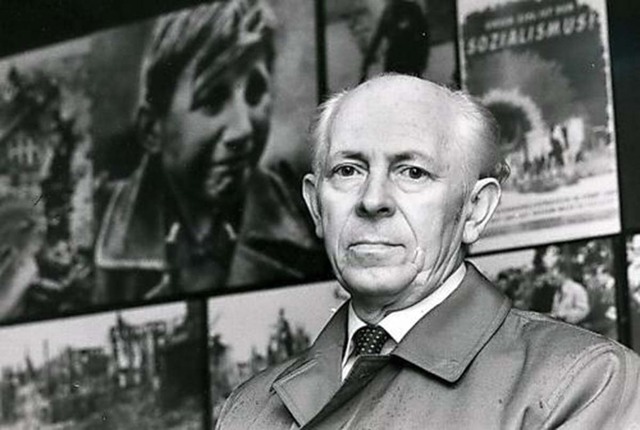
After the war, Henke’s life took a significant turn. Like many Germans, he faced the challenge of rebuilding in the aftermath of the war’s devastation. He moved to East Germany, where he joined the Communist Party, and lived in Finsterwalde. Over time, he lived a full life, far removed from the war that had once defined his youth. He even lived to see the fall of the Berlin Wall, a pivotal moment in German and world history. Henke’s life in post-war Germany contrasts sharply with the youthful innocence and vulnerability captured in the famous photograph. While the war had shaped his early years, his later life was marked by survival, adaptation, and a changing political landscape.
Henke’s story, like those of many others from the wartime generation, is a testament to the resilience of the human spirit. Despite the horror and loss he experienced, he managed to live through the political upheavals of the 20th century, including the rise and fall of the Communist regime in East Germany. Henke died in 1997, at the age of 69, but his legacy lives on in the photographs and the historical narrative of World War II.
Photographic Legacy: The Power of Images
The photographs of Hans-Georg Henke are more than just historical artifacts; they are powerful reminders of the human cost of war. They humanize the experience of soldiers, showing that even the enemy is composed of real people with emotions, families, and lives disrupted by conflict. The images of Henke, a soldier who became a symbol of the emotional toll of war, have been used extensively to illustrate the anguish experienced by Germany’s population during the final days of the Third Reich.
These photographs have become iconic not only because of the emotional depth they convey but also because they represent a moment in history that is often forgotten: the war’s impact on the ordinary people who lived through it. By focusing on a single individual’s emotional experience, these images provide a glimpse into the broader human experience of wartime suffering.
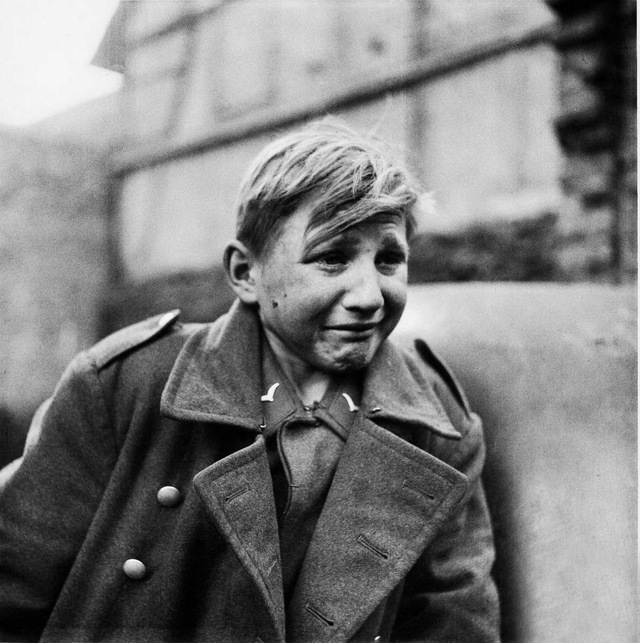
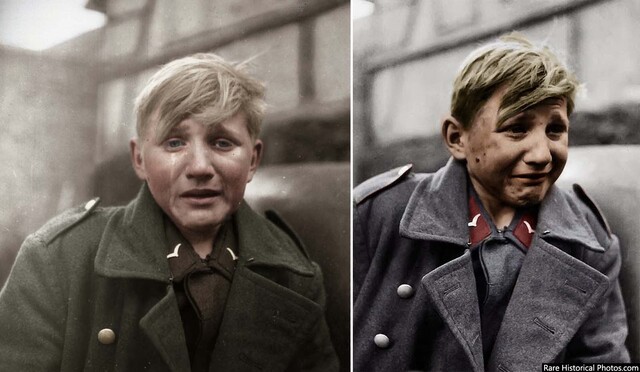
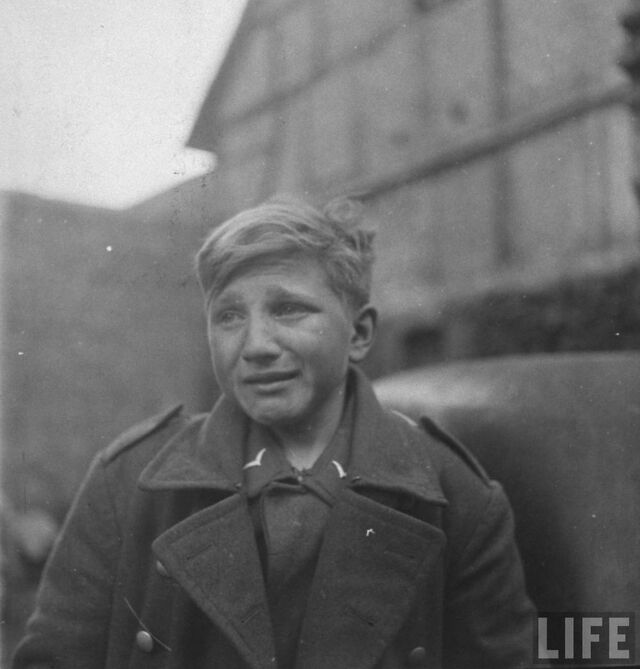
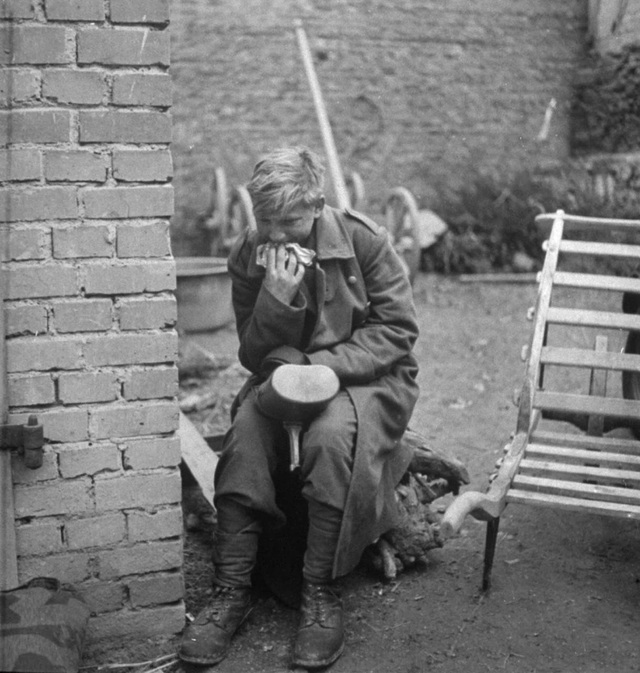
Video
Watch Berlin in July 1945 in stunning 1080p HD color footage and see the city in the aftermath of WWII.
Conclusion
Hans-Georg Henke’s story is one of tragedy, survival, and the complexities of memory and identity in the aftermath of war. The photograph of him crying in 1945 serves as a poignant reminder of the emotional toll of war, not only on soldiers but also on the societies that bear the consequences of conflict. His life, marked by personal loss, wartime service, and political transformation, offers important insights into the struggles of the German people during and after World War II.
In the end, Henke’s story teaches us that the horrors of war are not limited to the battlefield. The emotional scars left behind endure long after the fighting ends, shaping the lives of those who survive. The photographs of Hans-Georg Henke, captured in a moment of despair, remain a powerful testament to the cost of war and the resilience of the human spirit.

